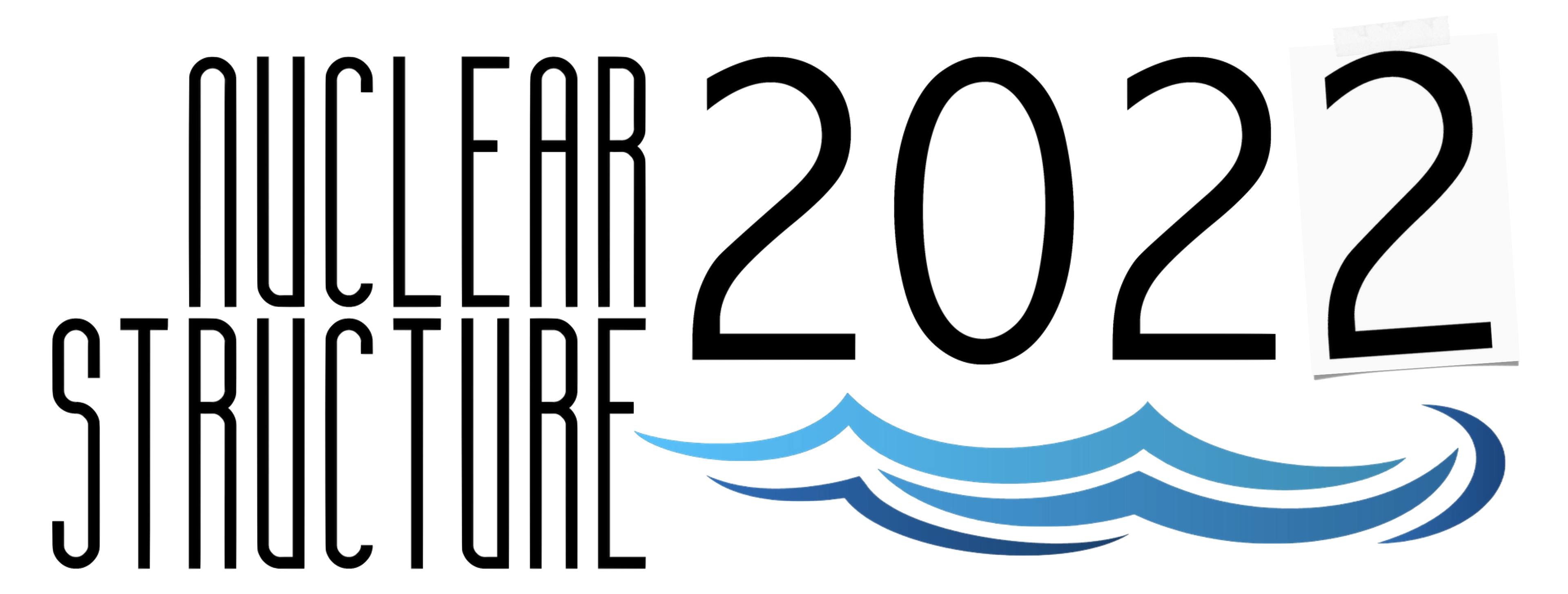Speaker
Description
Mass spectrometry is a versatile and sensitive probe for studying the nuclear structure and decay properties of nuclei. The FRS Ion Catcher at GSI in Germany is a setup for high-accuracy mass spectrometry of projectile fragmentation by using the Multiple-Reflection Time-Of-Flight Mass Spectrometer (MR-TOF-MS) technique. An MR-TOF-MS enables highly accurate, fast and sensitive measurements of nuclei with very low yields and short half-lives, far away from the valley of stability.
One of the interesting regions under investigation is in the medium-heavy and neutron-deficient side of nuclides below the doubly-magic $^{100}$Sn nucleus. The region is known with a resonance in Gamow-Teller transitions due to the large Q$_{EC}$ values close to the proton drip-line and also the special configurations of the nucleons in 1g$_{9/2}$ and 1g$_{7/2}$ orbitals near the $Z=N=50$ shell closure.
In this contribution, we present mass measurements of nuclei near $N=50$, Gamow-Teller strength calculations for the even-even isotones at $N=50$, and new assignments of isomeric and ground states. This includes the first direct mass measurement of $^{98}$Cd ground state and the discovery of new low-lying isomeric states of $^{97m}$Ag [1] and $^{94m}$Rh together with the shell model calculations for spin parity assignments. The discovery of $^{97m}$Ag constitutes the first measurement of a nuclear isomeric state using the MR-TOF-MS technique.
[1] C. Hornung et al., Physics Letters B 802 (2020)

